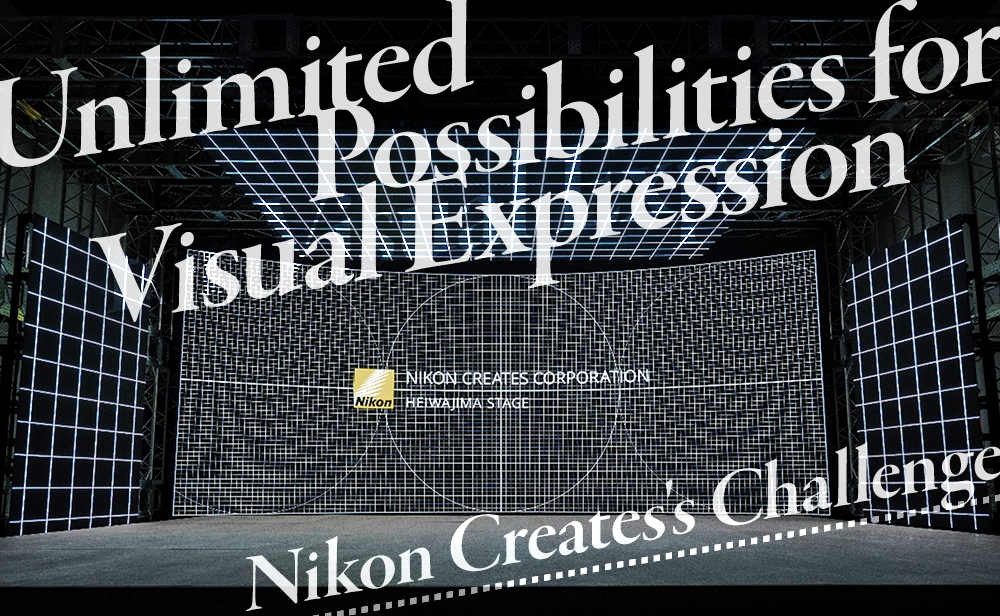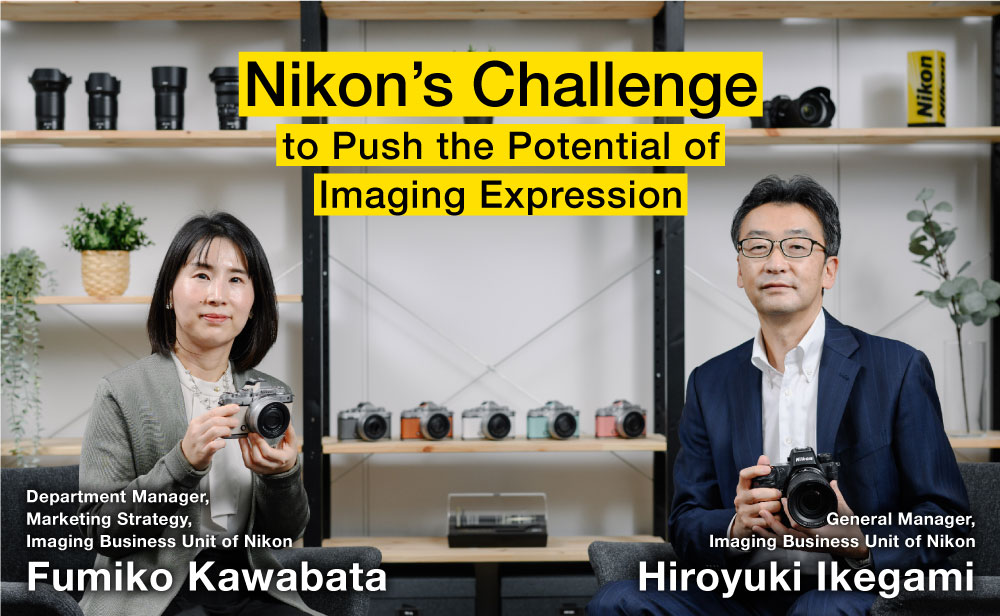
Helping More Children to Experience the Exciting Wonders of Space—Nikon and Unistellar's Challenge to "Lower the Bar of Astronomical Observation"
As of today, Japan has birthed over ten astronauts. We regularly consume news of astronauts during their stay at international space stations and witness a vast range of work in the field of space.
INDEX
Many of those who work in fields related to space describe how they were fascinated by space from childhood and reflect back on certain incidents that led them to their aspiration. If more children could proactively experience witnessing the celestial body with their own eyes, we are sure to see more children with interests in space and science.
While Nikon has long supported the development of astrology, we are now working towards a new challenge to lower the bar of astronomical observation. This is part of our social mission to increase the number of children interested in space and science.
How Nikon's technology supported the development of astronomy
Children and adults of all ages likely possess some interest in astronomical observation. However, even among those interested in the field, it is difficult to discern how many have actually expereinced it. Many likely distance themselves from the field due to difficult image.

In fact, there's actually said to be high hurdles to astronomical observation. One study found that 90% of those who purchased entry-level astronomical telescopes ended up storing the equipment away in their closets unused, citing difficulty of locating stars and dissatisfaction in their findings—seeing white blurry spots instead of the high-resolution pictures seen in encyclopedias—as their primary reason.
Nikon released its first astronomical telescope in 1920. Since then, we've gone on to manufacture numerous satellite/space-related equipment, from large eqiupment to be placed in observatories to optics-related technology to equip on satellites. In 2015, we participated in a project for Venus Climate Orbitor AKATSUKI, which was successfully launched into Venus's orbit. In desgining and manufacturing four optical components such as lenses and lens tubes, we contributed to AKATSUKI'S successful image capturing of Venus. From designing and supplying optical components to institutions like observatories and JAXA (Japan Aerospace Exploration Agency) , supplying optical components to educational institutions to partnering with NASA (National Aeronautics and Space Administration), Nikon has widely supported the development of astronomy throughout its history.


And now, Nikon is furthering its efforts by venturing into the territory of consumer-targeted astronomical observation and contributing to its education.
Why Nikon partnered with Unistellar
In order to focus work on the field of astronomical observation with consumer-based targeting, Nikon partnered with the leading venture company that creates digital astronomical telescopes, Unistellar, which was established in 2015 based in Marseille, France.
Unistellar's first-generation telescope, the eVscope, gathered much attention on crowdfunding sites, and gained acclaim after being selected for the CES 2018 Innovation Award. Unistellar's digital astronomical telescopes are equipped with GPS technology that grasps its own location and compares celestials in the field of view to its built-in coordinates database, which allows the telescope to automatically capture target celestials with its "autonomous field detection" technology.
In July 2021, Unistellar and Nikon came together with a unified philosophy to aim for the advancement of science, and the two announced a master joint development agreement for digital astronomical telescopes. They began efforts to provide innovate solutions to the field of consumer-targeted astronomical observation.
The two companies combined their technology and knowledge, and thus, the digital astronomical telescope eVscope 2 was born. The eVscope 2 is equipped with the electronic eyeview (EVF) technology of Nikon's Imaging Products Business, resulting in an eyepiece that achieves a clear and vivid view like no other.

The greatest merit of the eVscope series is that any beginner-level user can easily observe stars and captures their images. Users can link their telescopes with on their smart devices through the Unistellar app to easily and automatically track stars. And with Unistellar's original technology, exposure is stacked so that users can observe objects like galaxies, nebulae, and comets in vibrant detail, even from bright inner-city environments. It even allows users to observe planetary and lunar structures such as Saturn's rings, Jupiter's moons and the waxing and waning of Venus, all in live view. And objects difficult to identify with conventional telescopes, such as Uranus and Neptune, can easily be found and observed.
![NeoImage [0.6] - 20211229163812](/company/corporate/brand/vision2030magazine/2212_unistellar/img/quality_of_life_04_pic05.jpg)
In fact, we've received positive feedback from planetarium professionals that have used the eVscope 2, stating that it is: "Easy to assemble," "user-friendly with smart phone operation," "has incredible battery autonomy that lasts for up to 10 hours," and "is evident in value from just one use." And from users who weren't necessarily interested in astronomical observation, we received feedback such as: "Astronomical observation feels more within reach" and "it's shocking to be able to observe stars from my smartphone."

Nikon is currently considering efforts to increase locations/opportunities to actually experience the eVscope 2.

By experiencing the eVscope 2, users can observe stars "anywhere," "anytime," "clearly and beautifully," which allows astronomical observtion to feel more accessible.
How Nikon's technology supported the development of astronomy
Developing an interest in astronomical observation also leads to an interest in space, sciences, and physics. And perhaps by objectively evaluating Earth as one of many planets, it becomes easier to relate to climate change issues on a more personal level. Furthermore, data observed with digital telescopes can be easily shared with astrologers across the globe, allowing citizen scientists to contribute to state-of-the-art research, while also achieving the SDG of "quality education."
And if more children can find an interest in space through astronomical observation, we can anticipate further scientific advancements in the future. These efforts not only aid scientific development, but also support the achievement of the SDG of "quality education."

Nikon will continue utilizing its technology and collaborating with other progressive companies to further contribute to the development of sciences and technology to someday realize a sustainable society.
- *Title and work duties are those at the time of interview
Originally published: December 26, 2022.



